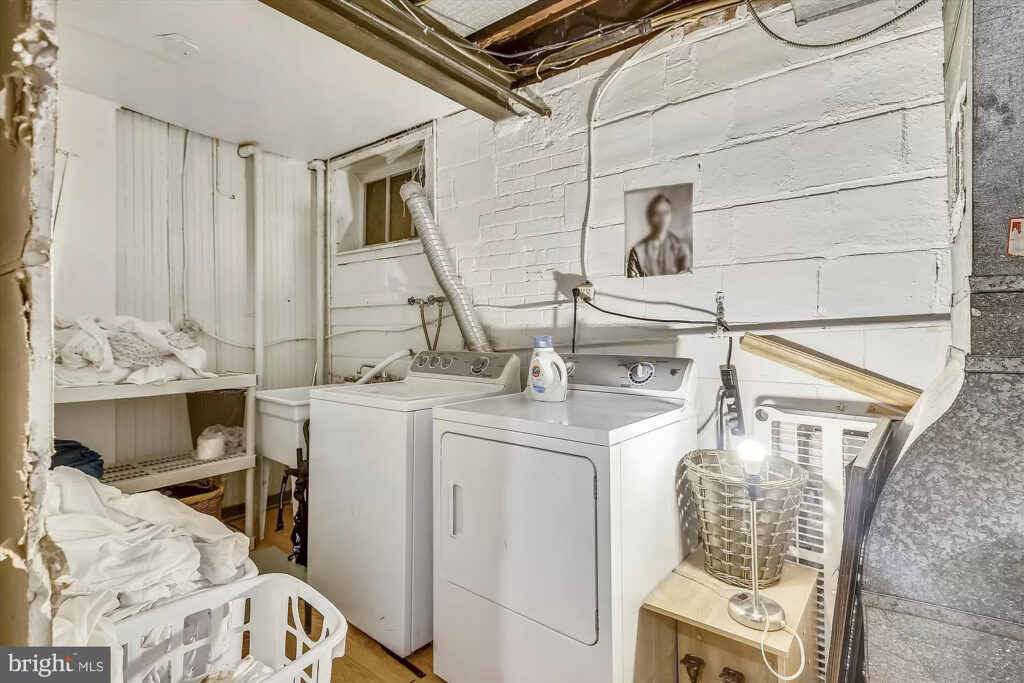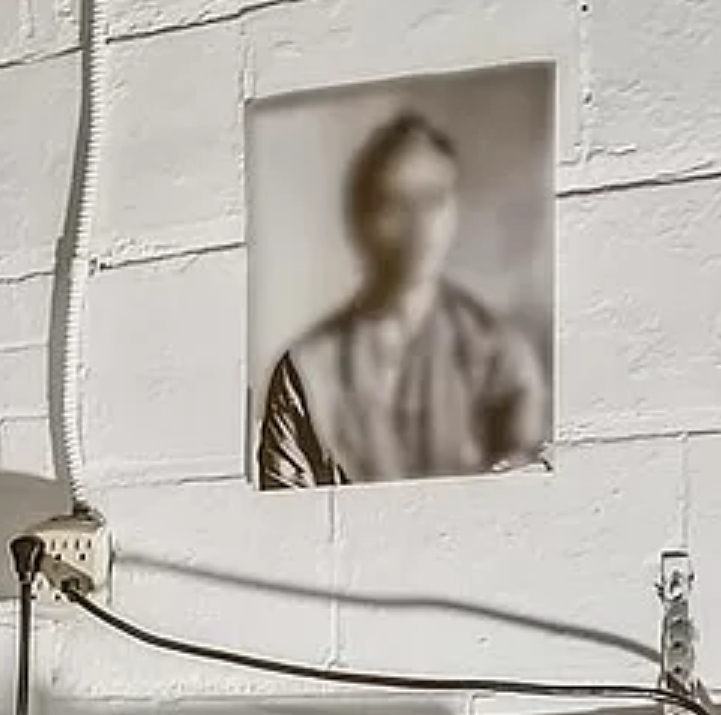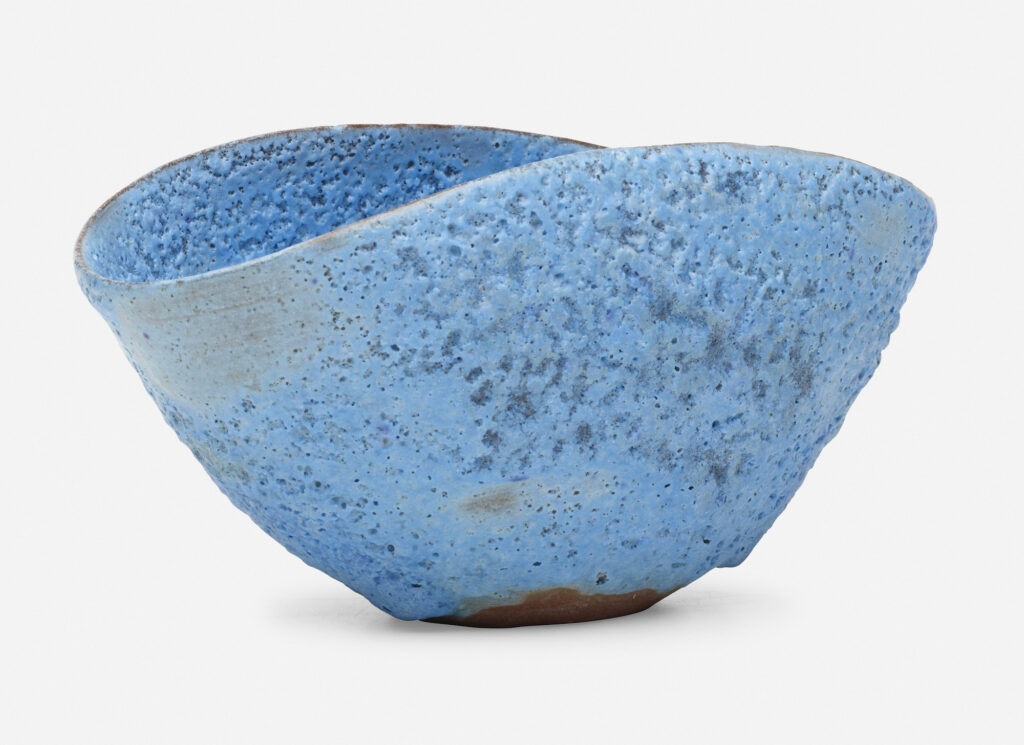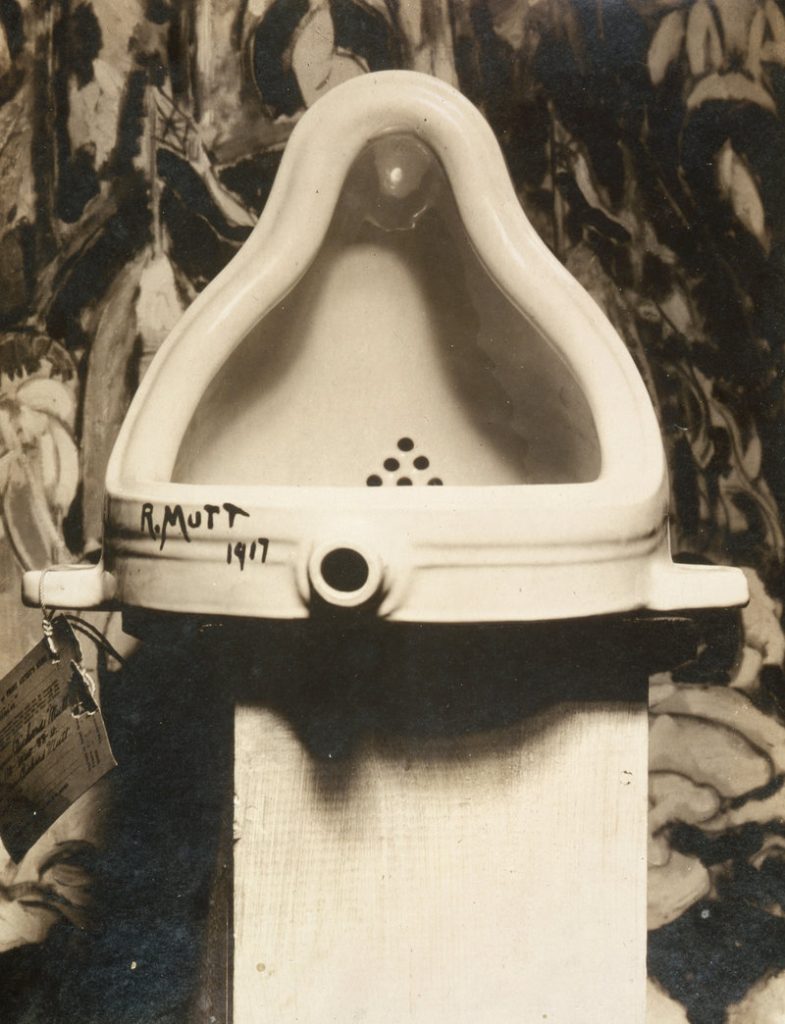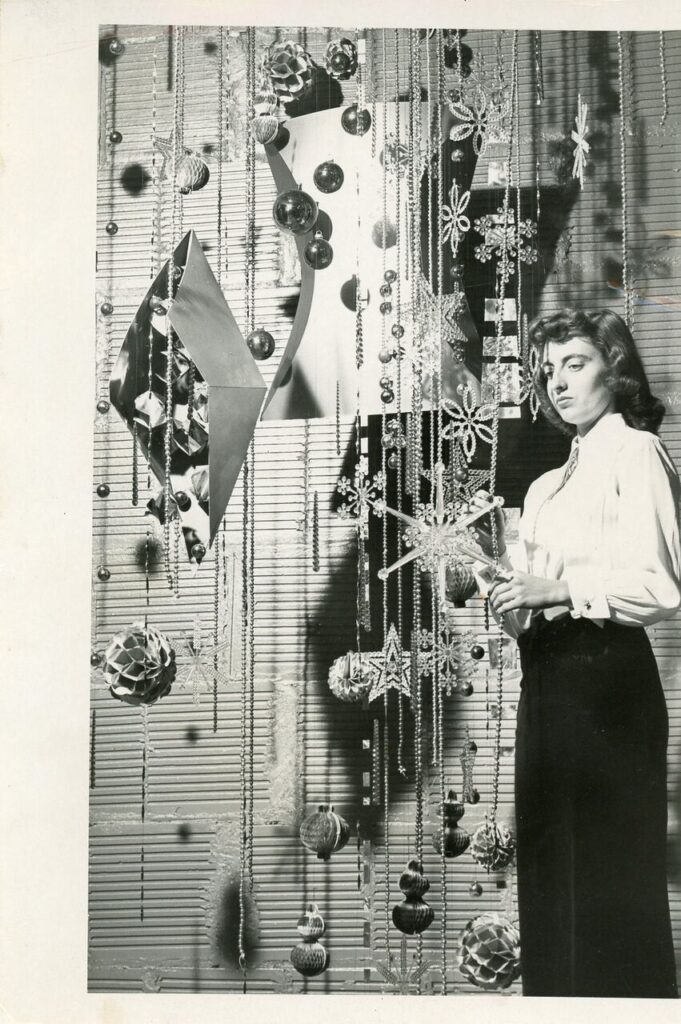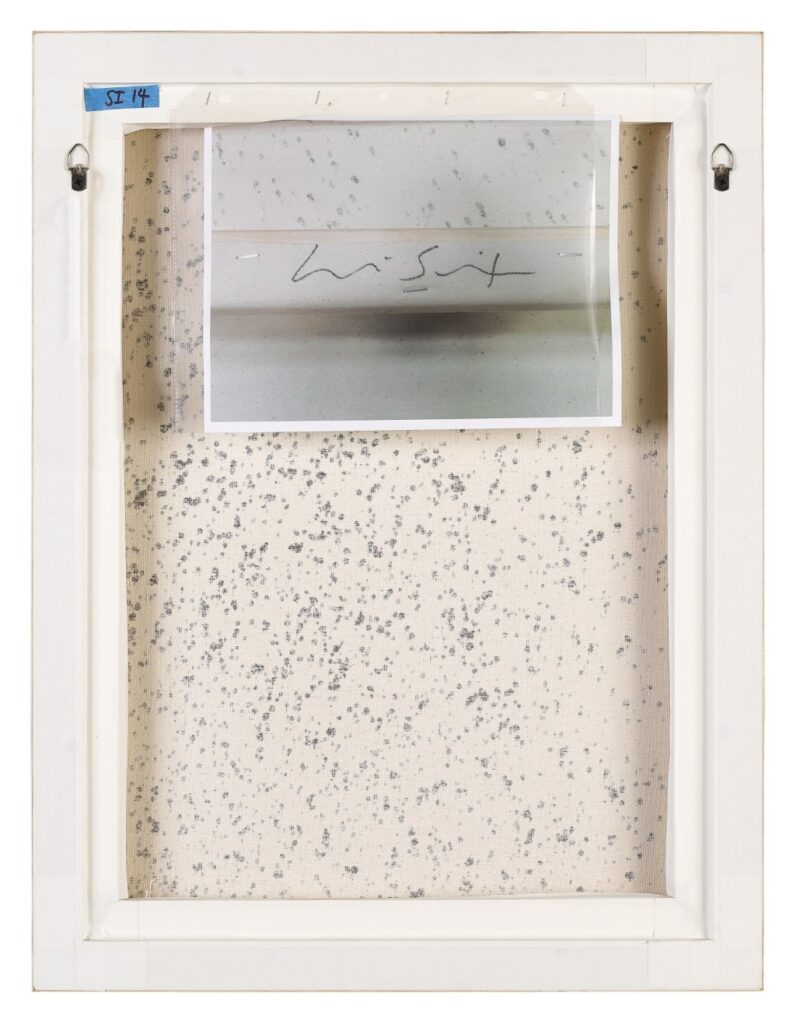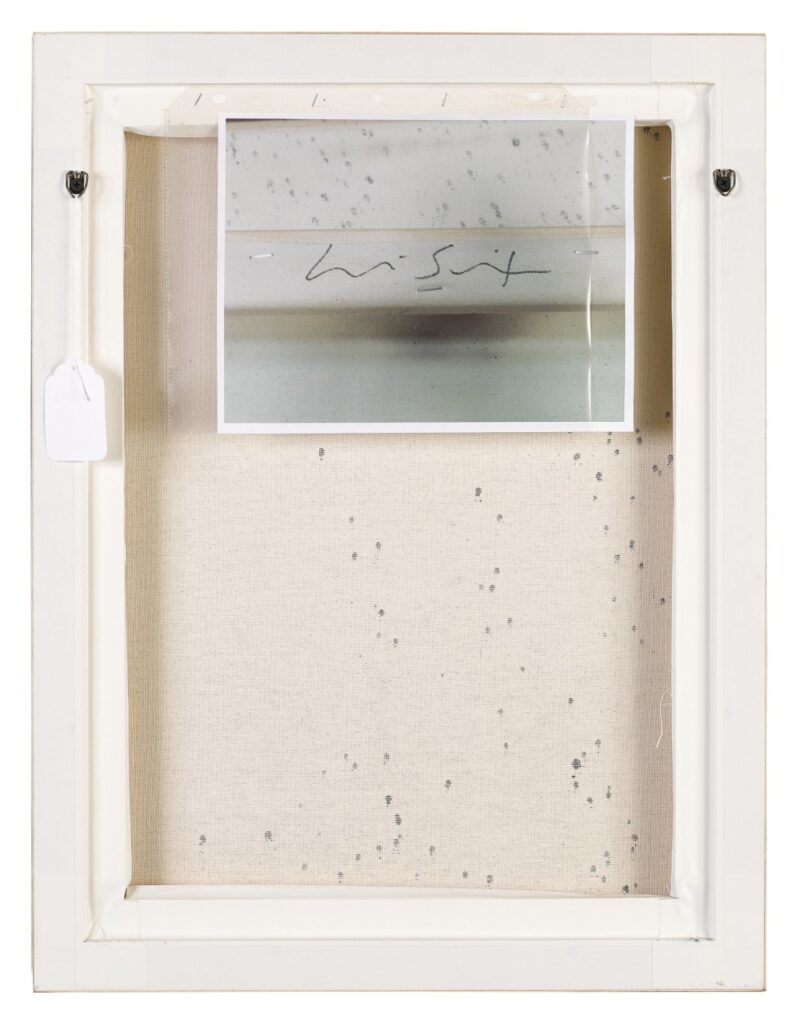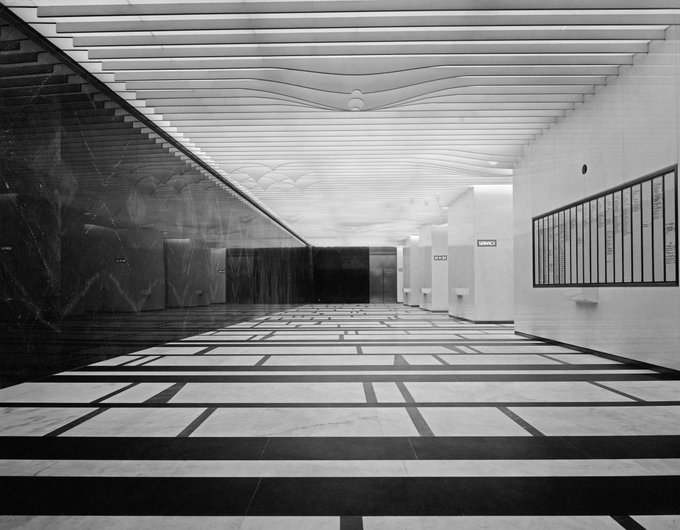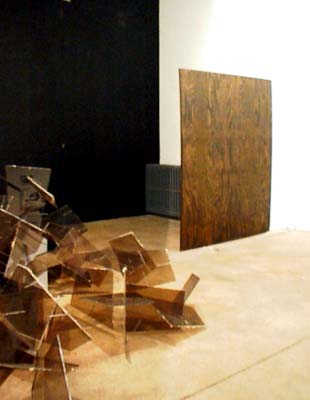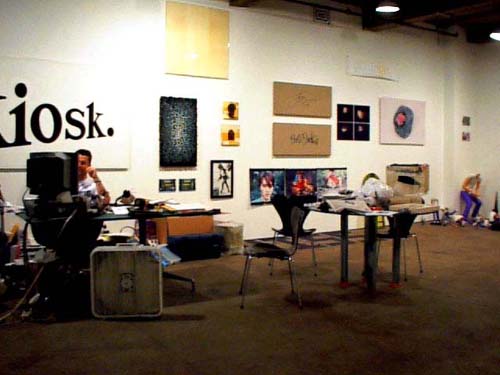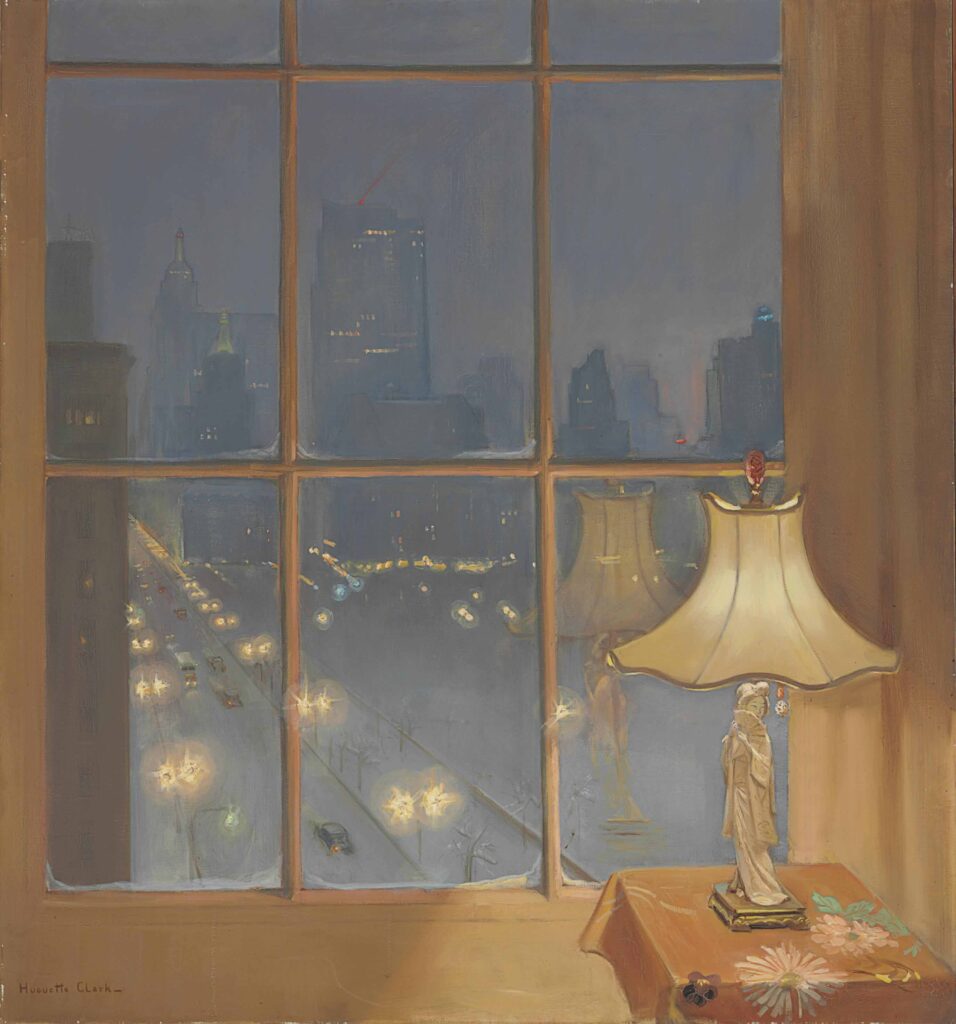
Wow, just when I thought we were having something very special when considering the implications of portraiture and erasure in a found real estate listing photo of a laundry dungeon in an epically gross American University flophouse–and I don’t mean to imply I’m not grateful for The Discourse–but anyway, y’all* were apparently also fine with letting me go yet another year without knowing that forgotten heiress recluse who kept up her sprawling Fifth Avenue co-op and Santa Barbara mansion like she’d be back any minute but actually checked herself and her doll collection into a midtown hospital room and only left decades later when she died in 2011 at 104 Huguette Clark made paintings?
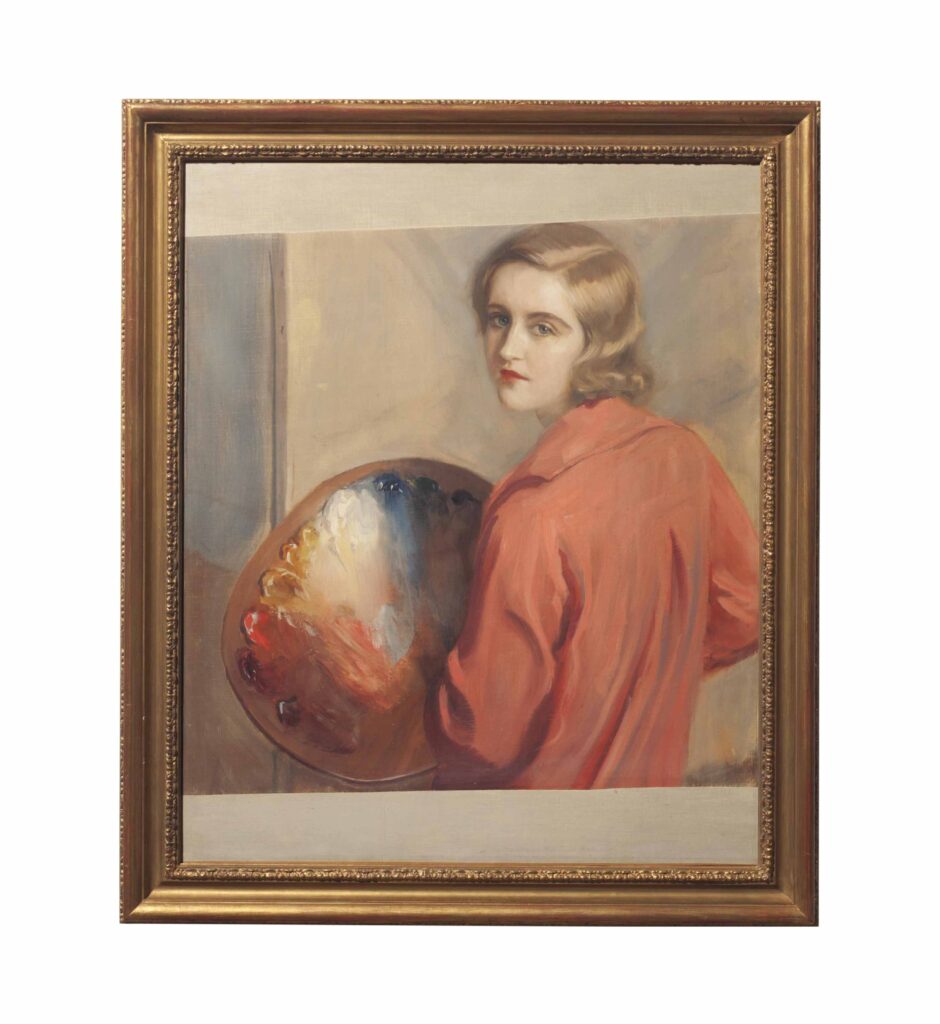
And that except for a few included in a two-week show at the Corcoran Museum in Washington in Spring 1929–four years after her father’s death and the bequeathing to the Museum of 800 artworks and a Clark Wing–they were only first seen publicly in the jumble of an estate sale at Christie’s in 2014, where they sold for not that much money? Anyway, seventeen paintings by Clark were included in that sale, and she had some moments, mostly that window above, with the geisha lamp reflected in it. [Another four signed paintings, plus a couple of attributions, some prints, and an album of reproductions of her paintings, were auctioned in New Jersey in 2017, leftovers from Christie’s cataloguing. A highlight was this painting of a Dutch doll, which checks a lot of Clark boxes.
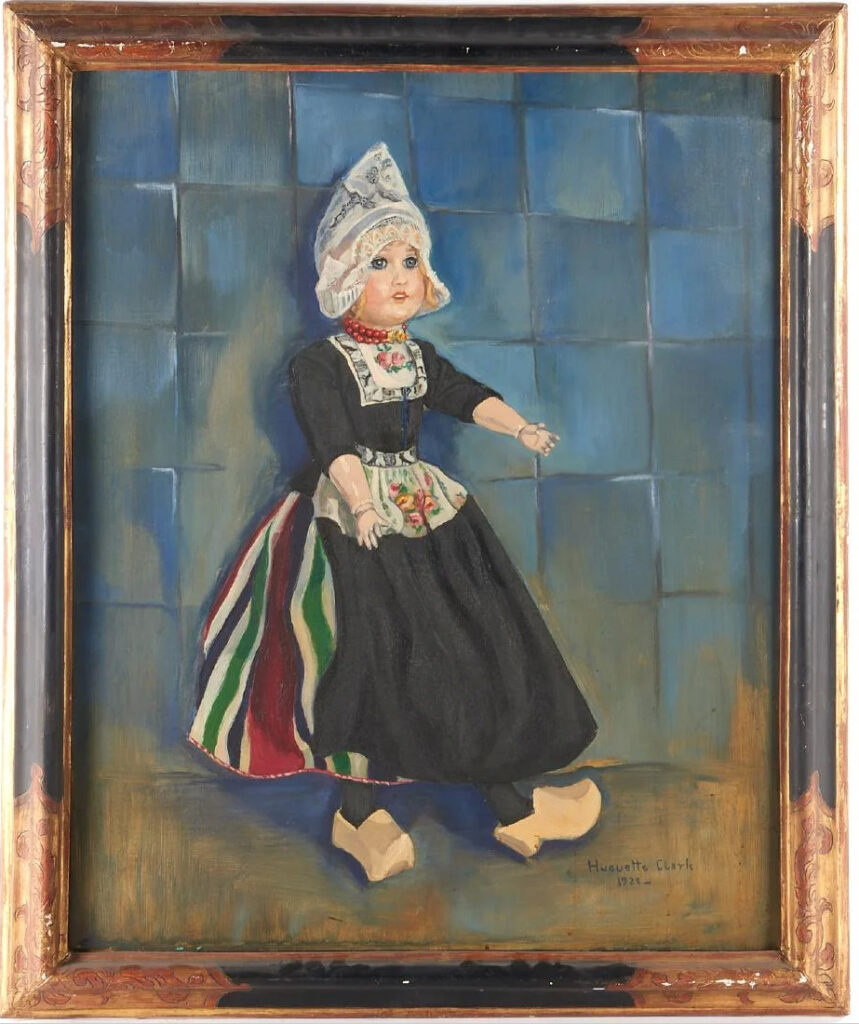
Also, though her teacher Tadeusz Styka specialized in painting portraits of socialite women, and once painted Clark appearing to paint a nude man, many of Clark’s surviving paintings are of Japanese women.
Continue reading “Huguette Clark Paintings??”
